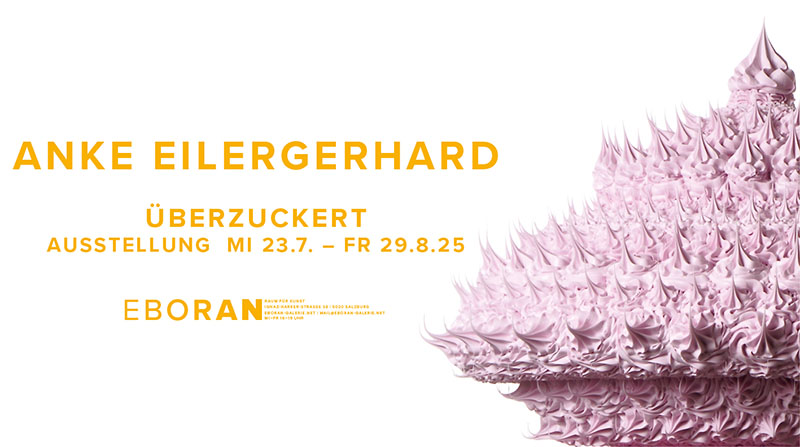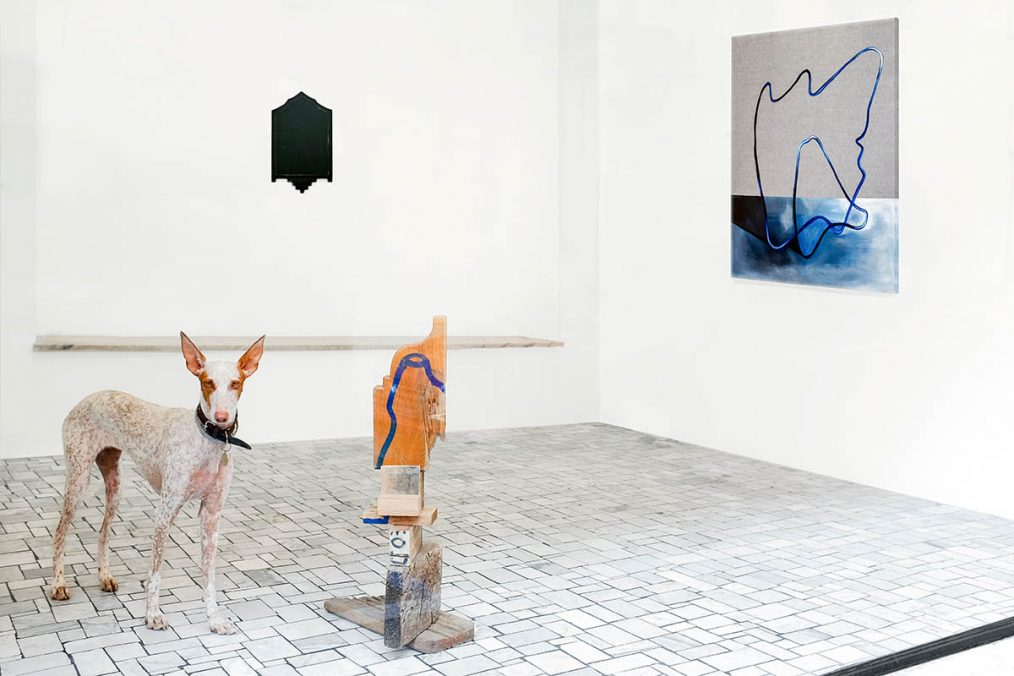
What are ritual acts for you? How did you approach this thematic?
Matteo Messori: For me, rituals live on actions, they can live in several moments or in just one such as to mark a whole life. We dedicate a lot of our day to „repetitions“, thanks to them we merge a good dose of the daily structure. In my case I was able to experience the rituality of death in the first person by changing my person. Reading Ernesto De Martino (Italian anthropologist) I discovered his theory known as „Crisis Of Presence“ which describes some events and situations as radical crises that create strong states of disorientation for those who experience them. This leads to the crisis of rituality and its regeneration … then it is up to us to decide whether for better or for worse. In this latest series of mine there is a lot of being a painter that he calls „ritual“ as an escape from the ordinary imbalance that gives motion to everyday life.
Dave Swensen: Daily rituals are important to us as humans. We build our worlds around them to get a sense of control and structure. For me, this exhibition is about several things. One is, the ritualist act of painting or being engaged in the art making process. I am in the studio daily either thinking or making. It is so entwined in my daily life that it has become a part of who I am. Additionally, the paintings presented are set in a world where ritualist acts are key. Figures are presented at night with a sort of quiet folklore that involves love and an evil force.
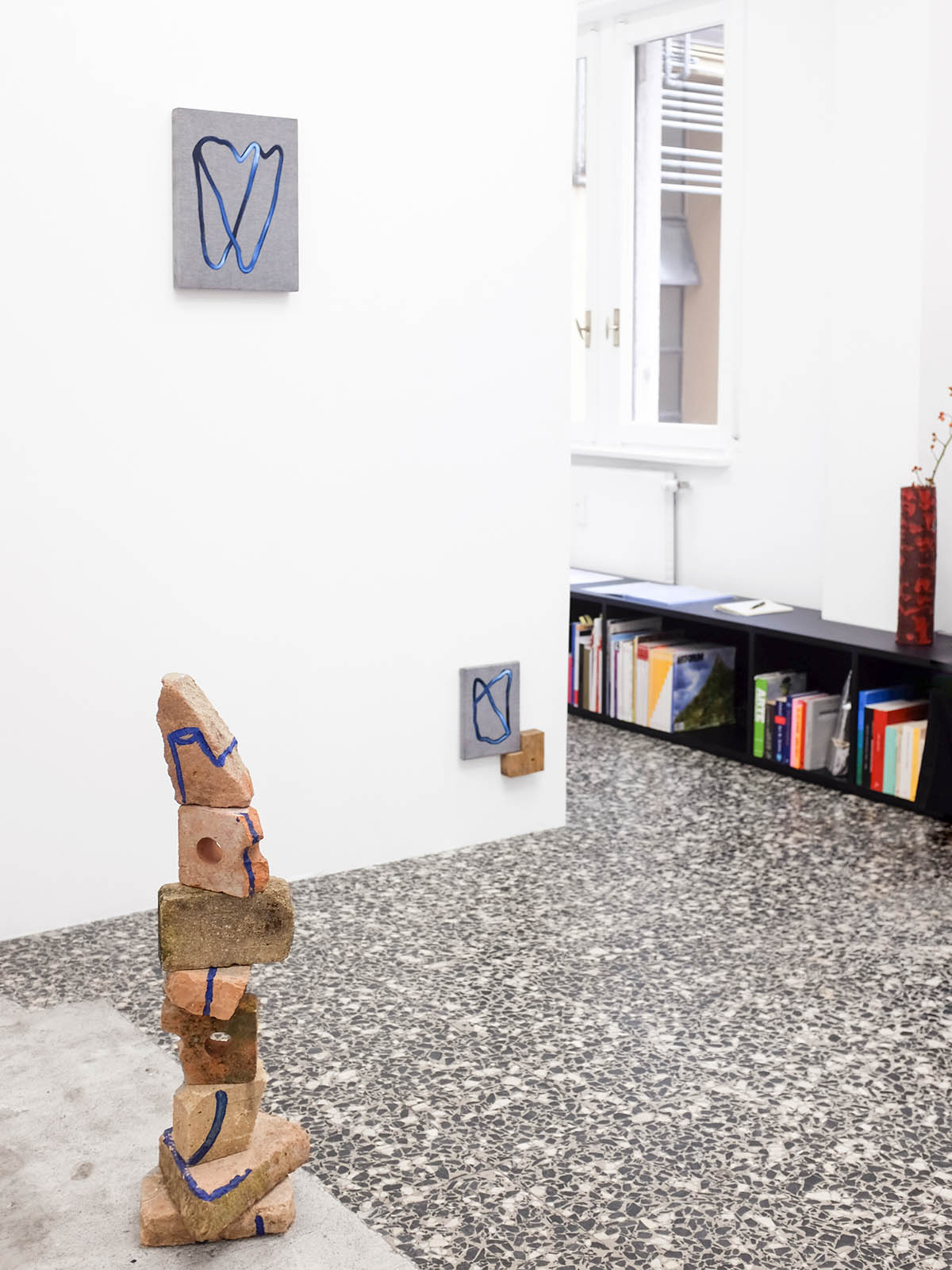
I think that in comparison with group exhibitions, the constellation of the duo show gives room to an opportunity for a real deep dialogue. How has been your experience?
DS: Finding a way to connect our current themes was initiated by Matteo and myself. We had wanted to work together for a while now. The process allowed us to enter into in-depth discussion about what we were trying to convey and the world’s we were building. We share a common thread of being creatures of habit. Creating work is so interwoven into our daily lives. We allowed the work to create the dialogue for the viewer around the meaning of active rituals.
MM: Unfortunately, the dialogue between me and Dave was born at a distance, but nevertheless we gave vent to our technical and thematic synergies to kick off our rituality. I believe there is a strong militancy among us in painting, in my opinion little combed and deep. A painting that seeks luxury through experiences and not decorations. As a painter, I see sculpture as a cinematic example to be captured and brought to canvas. As if reality were a pond full of ingredients to be used. It had been a long time that we wanted to give life to our opinion on the everyday life that lives around us by translating it into our own exhibition project.
What role does the exhibition space plays when realizing an exhibition? How you would describe the atmosphere at Galleria Ramo?
MM: The Galleria space is very versatile and in line with the dynamics of a professional setting. The atmosphere that you live inside is that of a welcoming second home full of beautiful people who know how to understand as well as look. Where there is the love for work that is done, respect and the renewed energy of a creative research without limits or ulterior motives exist. The relationship between the artists looks first to friendship and then to work. I believe this is the basis for a good home where you can experiment and ask, if needed, advice.
DS: Galleria Ramo is very supportive of our vision. They don’t try to censor or push what’s popular in any way. They are a true supporter of the creative process and they supply us the means to see these visions to fruition. As for the physical space, it’s beautiful with an engaging atmosphere.
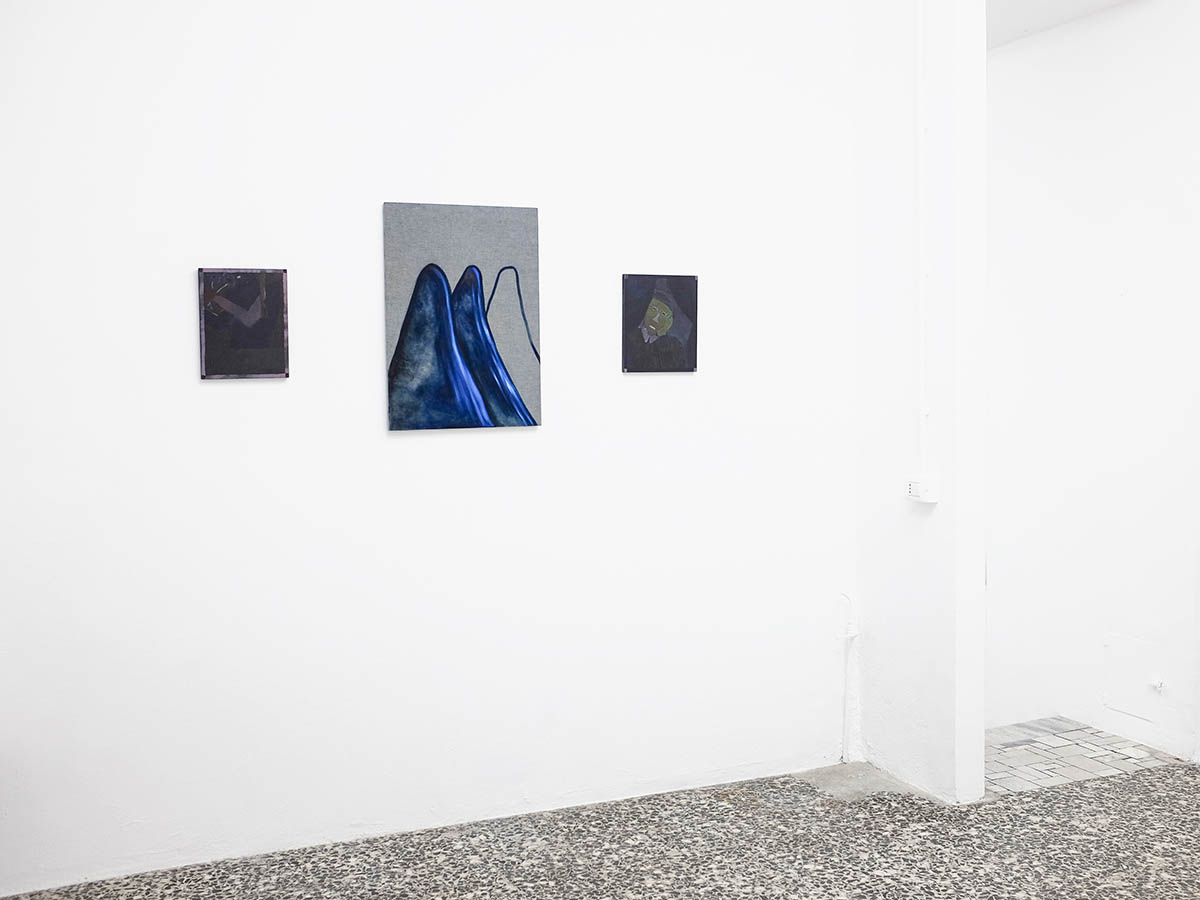
Is beautiful to see how work titles in Italian and English amalgamate – Night vision, Fountain, Wait and see, A strange history […] and Anziani Saggi, Fiato I, Mangia Tragedie, Oracolo, Idra […]. If someone would read just the titles of the works, what kind of narrative would he/she build?
DS: For me naming work is tedious and exhausting sometimes because it is so important to me. In the past, works have shared the same names only because they seem to carry the thoughts and feelings I’m trying to convey. The paintings presented in Ritual Acts were all named with the idea that they are living in the same world and are weighted with an underlying mystery. It’s up to the viewer to connect these clues when trying to understand the narrative presented.
MM: I hadn’t thought of this aspect of the titles … as Dave said before this exhibition I was not used to using different titles for my works but I used one to give an order to the series I was producing at that time. Looking at those of the works on display, as you say, I see a reference to each other. As if Dave’s mysterious men had generated my works, or at least the idea that produced them. I think the public would enjoy finding out who created what, and under what circumstances they came up with.
In a few of the exhibition views, we always see a dog. What is the role?
MM: Beh Maye is the elegant mascot of the T.G.O.R. : the gang of branch!
DS: I can’t really speak to this haha.. I consider her a protector of the works and a friendly aspect to visiting the gallery.
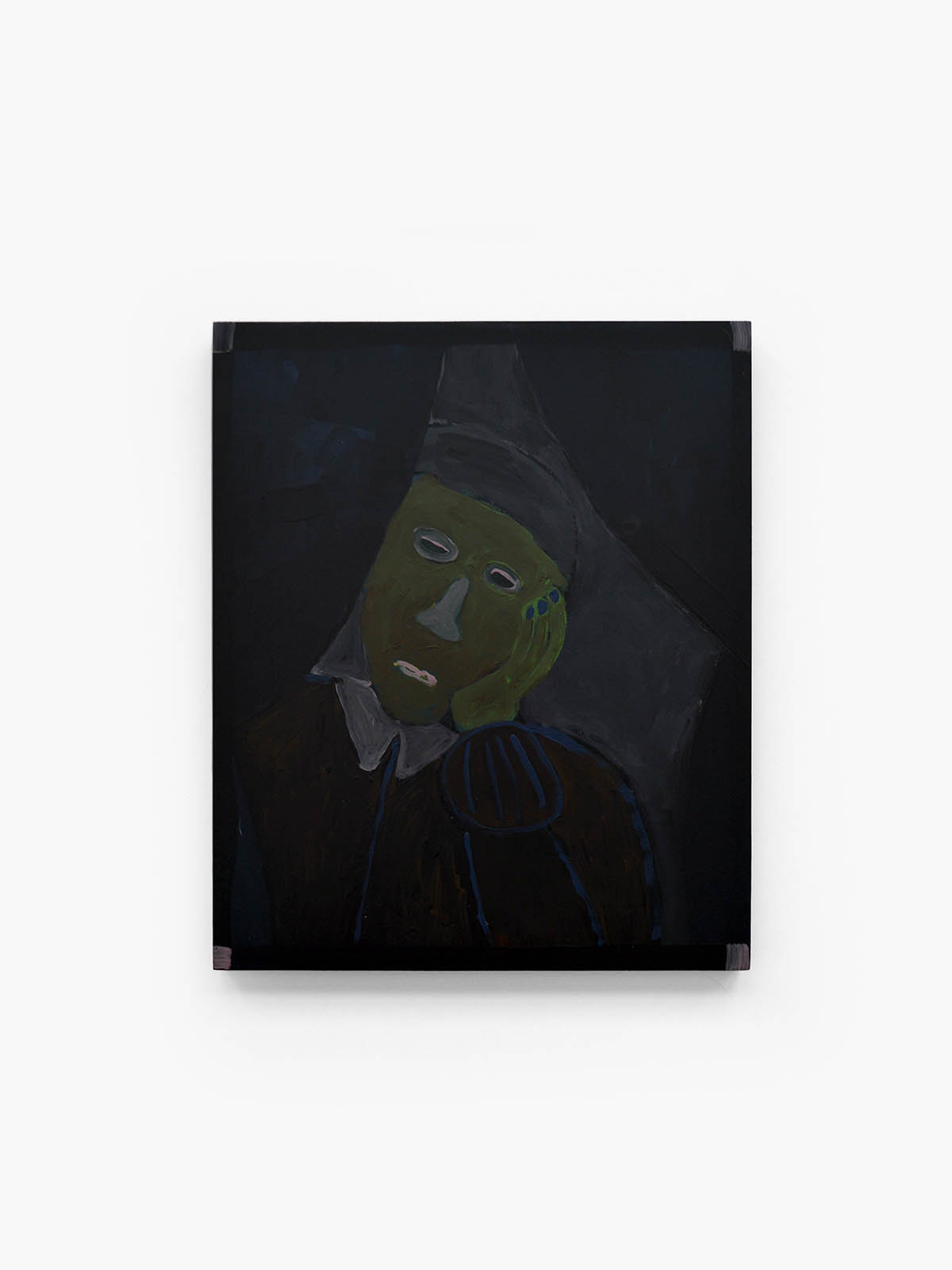
Lorenzo Madaro says in his critical text: „Do dissimilar forms fit together? Do certain reflections only happen in painting and sculpture? or possibly in life?“ How will you answer this?
MM: I take advantage of this question to thank the work that Lorenzo Madaro has done in writing the text, despite not having seen the works live, he managed to give way to an excellent critical glue on mine and Dave’s works. While with regard to the phrase you quote in Madaro’s text, I think that dissimilar forms as Dave rightly says are a healthy conflict of intent, which however leads to openness. Just asking a „question“ exerts a dissimilar pressure within our thinking. Action after action we welcome what is divergent as if to an unknown discovery which at first glance rouses a little cordial noise in us. This din then becomes a symphony and finds its accord with the instrument called „Habit“ and without realizing it we forget how deafening that dissimilar form was.
DS: The text raises a lot of questions. We all have different experiences in life so I would have to say where people find connections and through lines is different. I have always been open to seeing objects, people and events as connected. Dissimilar forms do fit together meaning that sometimes they may conflict but maybe it’s that conflict that bonds them. We reflect on things we find importance in. How these factors connect to the view is different for each of us.
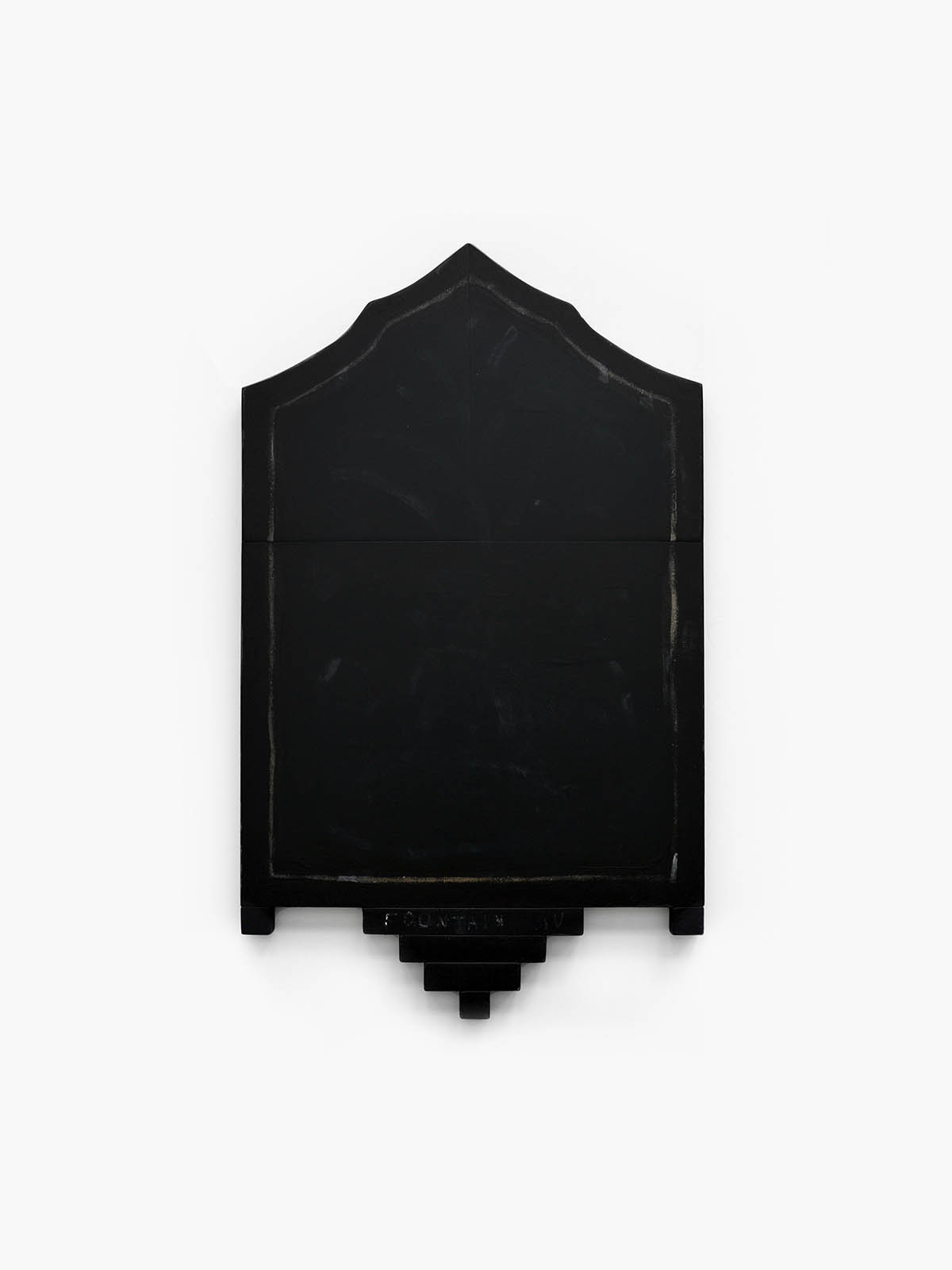
How long did it take you to create the Wise Elders Matteo? Can you elucidate on the process of creating them?
MM: The Wise Elders are still in the „Creation“ phase. Being waste materials received by my carpentry they have collected and will grasp over time ever new tactile information and finally positioned in space as heralds of a past movement. We are all containers of memory in our own way, we ritually assimilate images that are then twisted and trapped by our identity. All human memory is old and immature in its own way and knows how to be wise in some sporadic moments. Over the course of our life it often happens that we are faced with moments that are so strong that we don’t know what to say … as collectors we welcome the rituality of moments as focal occasions, weaving souls beyond the imaginary we know. The same thing applies to the „form“ is its plasticity within a space, it assimilates and acquires the weight of our conspiracy and it is in taking shape that we can see the metamorphosis of a thought become physical. I take this opportunity to also say that as artists we are called to order a unique responsibility. We have the language of luxury in our visual communication, through the latter we can communicate the apparent illusion that covers the most refined eyes. I take advantage of my artistic militancy to say things that are clear and common to those who focus on what is right and know how to look at „goodness in acting“ as the strongest action among forces.
How does it feel to paint on MDF Dave?
I have always painted on wood. Since the beginning, I have felt that it provides a density and weight that I like. I look at it as sculptural and of the earth. The fact that it’s easily cut, sanded and shaped is what keeps me coming back to it.
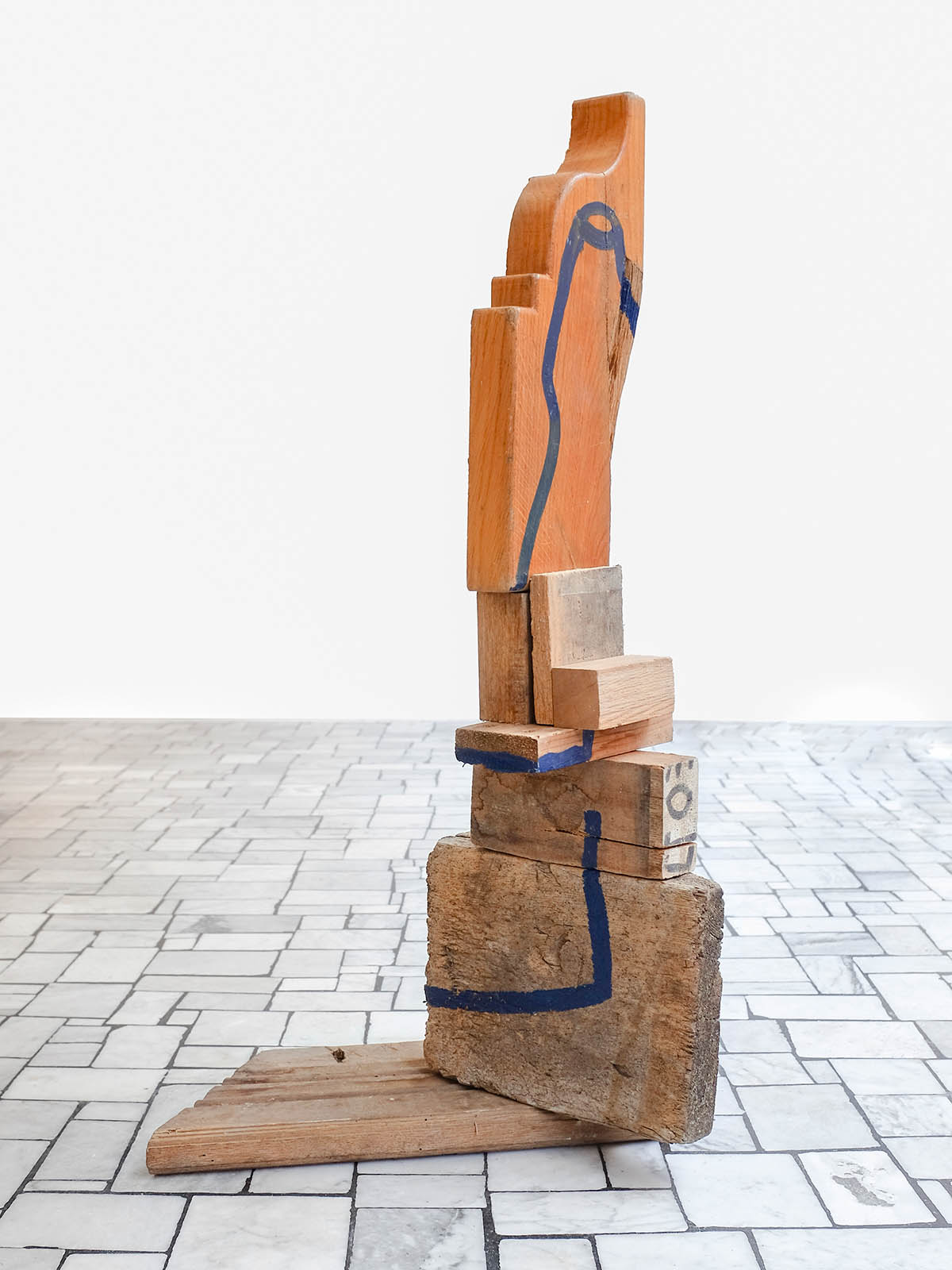
Where were your respective works created?
MM: My works were created in my studio in Reggio Emilia, it is a carpentry that I was lucky enough to inherit from my father and grandfather. Since it was left abandoned for years I recovered it and cleaned it up again, bringing out all its memories. In addition to being my studio, it is a place for me to meet and discuss for everyone. Anyone who needs a space to work here with me is welcome to create their own works.
DS: I work from my home studio. It’s cozy and intimate and it allows me the ability to create work at a moments notice. Sometimes you can’t wait to try something and for that reason alone I’m grateful for it.
Dave Swensen is a self-taught painter and sculptor with a background in design. He works from his home studio with a focus on minimalist concepts and forms. With a unique approach to painting Swensen’s use of shadow, light, and spatial concepts are front and center. Embedded surfaces, figurative notions, and the use of repetition are all recurring themes. Swensen is constantly refining his use of line and how a blank space is used and defined. In most cases, his work walks the line between painting and sculpture.Through the use of unique and dense materials, Swensen can transform simple shapes into delicate concepts. Treating his surfaces with care, rich pigments and paints are repeatedly applied until the surface is deemed perfect. In reflective works, the mood of each piece changes depending on its location and brightness. It creates a cloudy distorted reflection that engulfs the space around it. The work challenges the viewer’s concept of self and the space around them. He has taken part in numerous solo and group exhibitions locally and abroad. Some highlights include Galleria Ramo, Como Italy; Gray Contemporary, Houston TX; Galerie Bisenbach, Cologne Germany; Hello Studio, San Antonio TX; ROOMS Gallery, Chicago IL; International Gallery of Contemporary Art, Anchorage AK; Laundromat Art Project Space, Tauranga New Zealand; Bemis Center for Contemporary Arts, Omaha NE. Swensen is represented by Galleria Ramo located in Como, Italy.
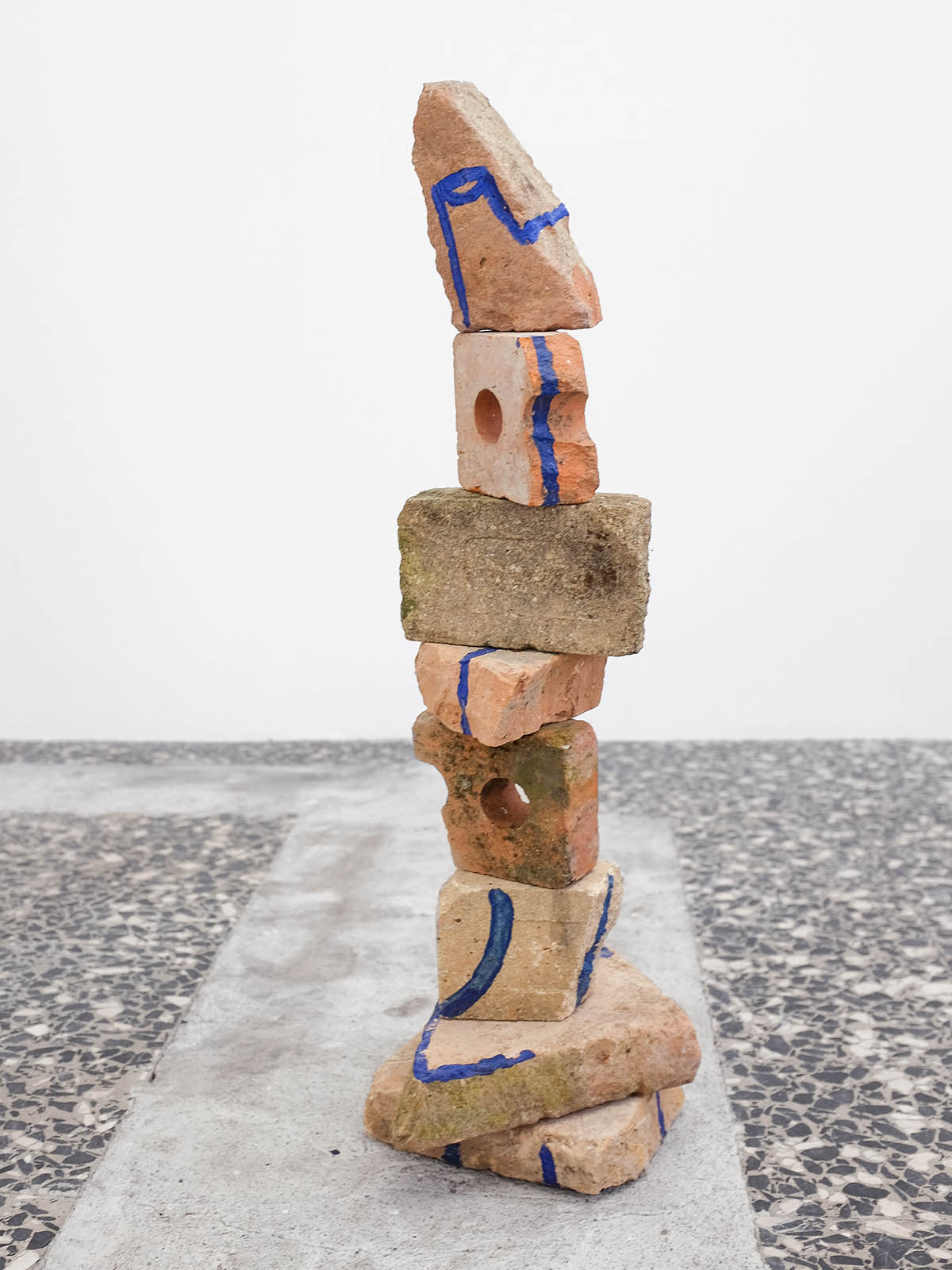
Matteo Messori is born in Reggio Emilia in 1993. In 2016 he graduated from the Academy of Fine Arts of Bologna in the three-year course of Painting. In the same year, the Young Artists Association of Emilia-Romagna (G. A.E. R.) selected him for participation in the „Mestiere delle Arti“ course (Ferrara). Between 2017 and 2018 he realized a residence at the P420 Contemporary Art gallery. Then are following projects which deal with the regeneration of urban areas, exploring the potential of spaces such as the project carried out by the artist Andreco in collaboration with G. A. E. R (the output has been exhibited at Ex Teatro Verdi, Ferrara) or the artist residency “LUOGHI. Spaces potential“ in Macerata. In 2019 Messori is selected for the Combat Award, a recognition that has led to obtaining the special mention in the Sculpture section ed installation. In the same year, the artist exhibited “Antiforma” at Galleria Ramo, curated by Federica Fiumelli. Then are coming a number of projects such as Total Recall curated by Rossella Farinotti at the Bianconi Gallery (MI), ì “Update” at DimoraArtica curated by Andrea Lacarpia (MI). Messori is represented by Galleria Ramo located in Como, Italy.
Galleria Ramo. As an initiative, Galleria Ramo allows for freedom of expression, working on uniquely curated exhibitions, providing a platform for artists to express creative freedom, developing new forms of dialogue between local and international artists, spectators and collectors proposing new situations and radical changes rather than looking backwards. In a world of deceit, art is truth. “Contemporary” or “Now” art has a special currency today, as a reflection of our society. Getting lost while standing in front of work of art can bring us back to finding ourselves, in a time of collective disorientation. GR’s philosophy is a total commitment to artists and their creative endeavour through a curatorial programme of exhibitions and events that stimulates and engages with the local community, focusing on the ever changing language of the contemporary. Galleria Ramo opened with temporary ‚pop-up‘ spaces, exhibiting works in forgotten spaces but filled with history and a passed life. In 2018 in Via Natta 31, opens as the project/exhibition space of GR in Como, Italy. In 2021 Via Natta closes allowing GR to open a larger space in Via Borsieri 4D, always in Como. Galleria Ramo is a dedicated space for emerging artists to exhibit their art-works through a series of curated exhibitions, open to the public.
Exhibition: Ritual Acts
Exhibition duration: 25.09.21 – 21.11.2021
Address and contact:
Galleria Ramo
Via Borsieri 4D Como, Italy
www.galleriaramo.com
contact@galleriaramo.com
+39 349 502 3970 or +41 (0) 78 972 00 46
About the Interviewer: Erka Shalari (*1988, Tirana) is a Vienna-based art author. She focuses on discovering independent young and emerging artists, unconventional exhibition spaces, and galleries that have deliberately broken new ground in their working methods. In this regard, she relies on unorthodox publishing practices, coupling these with a nonchalant manner of writing. The work oscillates between articles for magazines, exhibition texts and press releases.



